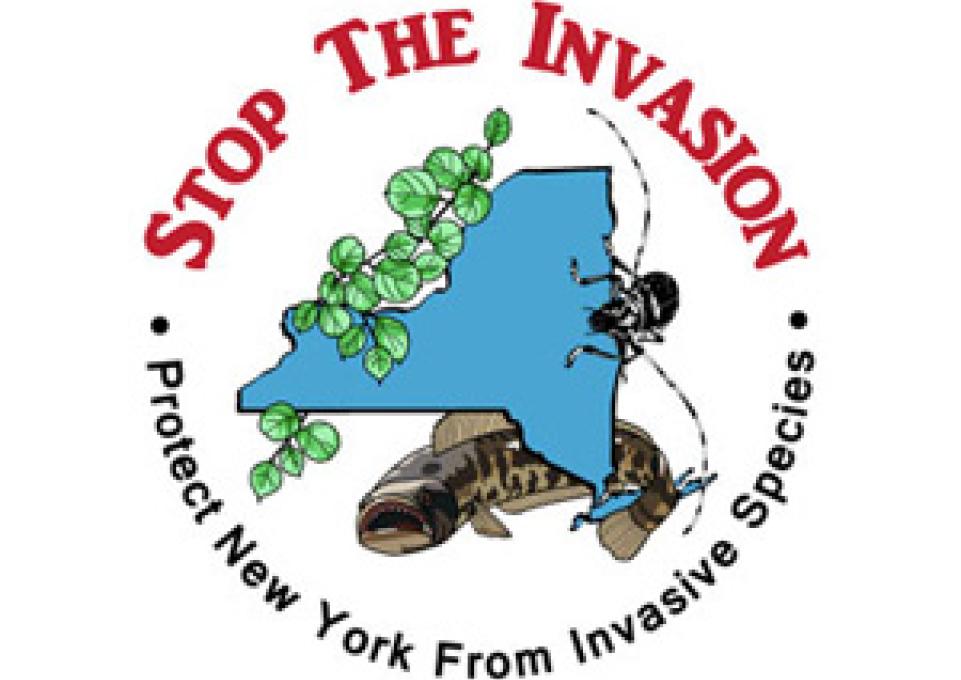
WNY PRISM, a project administered by the Great Lakes Center, will take part in New York State’s second annual Invasive Species Awareness Week (ISAW), July 12–18.
Andrea Locke, coordinator of WNY PRISM (Partnership for Regional Invasive Species Management) said that regional events include weed-wrenching removal of amur honeysuckle at Kenneglenn Nature Preserve; the Community First Detector Invasive Pest Detection Workshop in Fredonia; an education and outreach display at the East Aurora Farmer’s Market; and a tour of native plantings and habitat restorations in the Buffalo area. Most events are free, but pre-registration may be requested.
Invasive species are plants and animals that, after being accidentally or intentionally introduced to new areas, spread uncontrollably. ISAW promotes opportunities to learn about the most threatening species, ways to prevent and manage their spread, and important steps to take to protect natural areas.
Most invasive species reproduce in high numbers, lack predators, and are highly adapted to their new environment. Invasive plants and animals put New York’s agricultural lands, natural resources, and people at risk. It is important to always consider native alternatives to invasive species when planting ornamental plants.
Invasive species, such as the emerald ash borer and the Asian long-horned beetle, can kill trees. Noxious plants, such as giant hogweed, and disease organisms, such as West Nile virus, affect human health. Japanese stilt grass, swallow-wort, phragmites and hydrilla are invasive plants capable of changing New York’s forests, meadows, wetlands, and lakes. Invasive species can be spread unknowingly through activities such as swapping plants, dumping a bait bucket, or moving firewood to a campsite.
Many organizations are working together to slow the spread of invasive species. “Stop the Invasion. Protect New York from Invasive Species” is the state’s new slogan. This public is often the first line of defense in reporting new infestations by observing and reporting signs and symptoms of forest-pest damage, and in participating in the removal of invasive plants. Citizens can help by taking measures to prevent the transport of unwanted “hitchhiking” plants and animals, learning about which invasive species are of local concern, and reporting sightings.
ISAW is coordinated by the New York Invasive Species Advisory Committee, New York Invasive Species Council, and Partnerships for Regional Invasive Species Management. WNY PRISM is one of eight state partnerships sponsoring ISAW activities.
